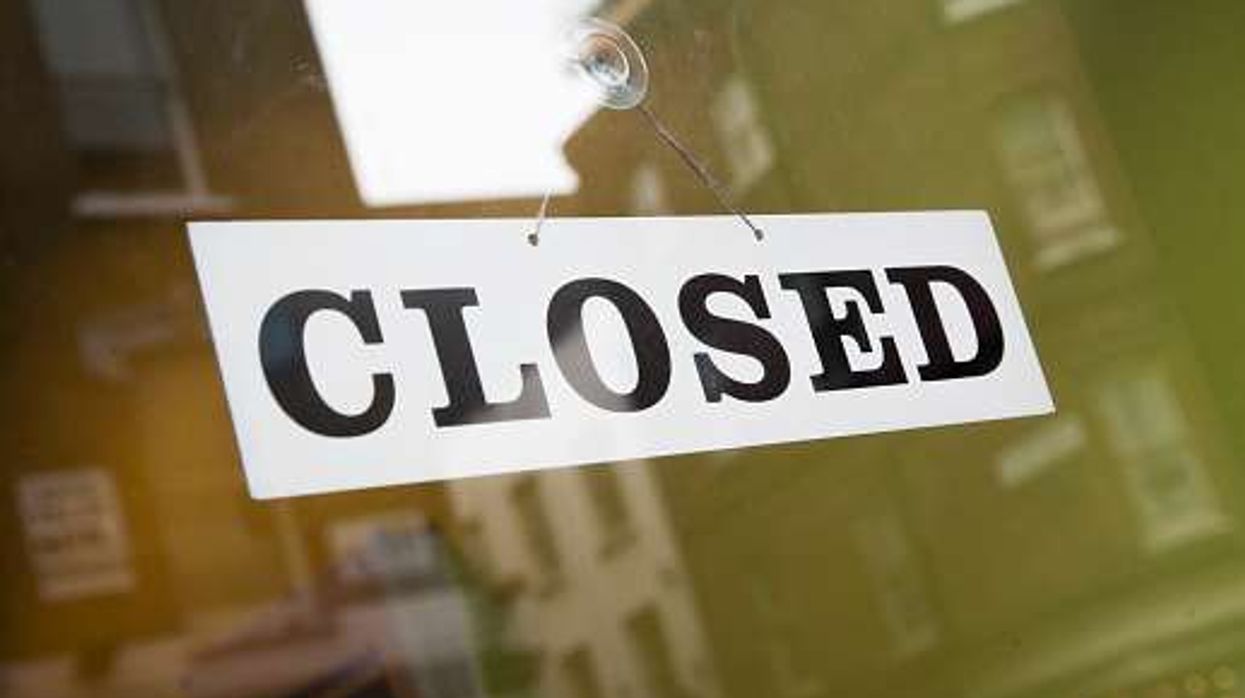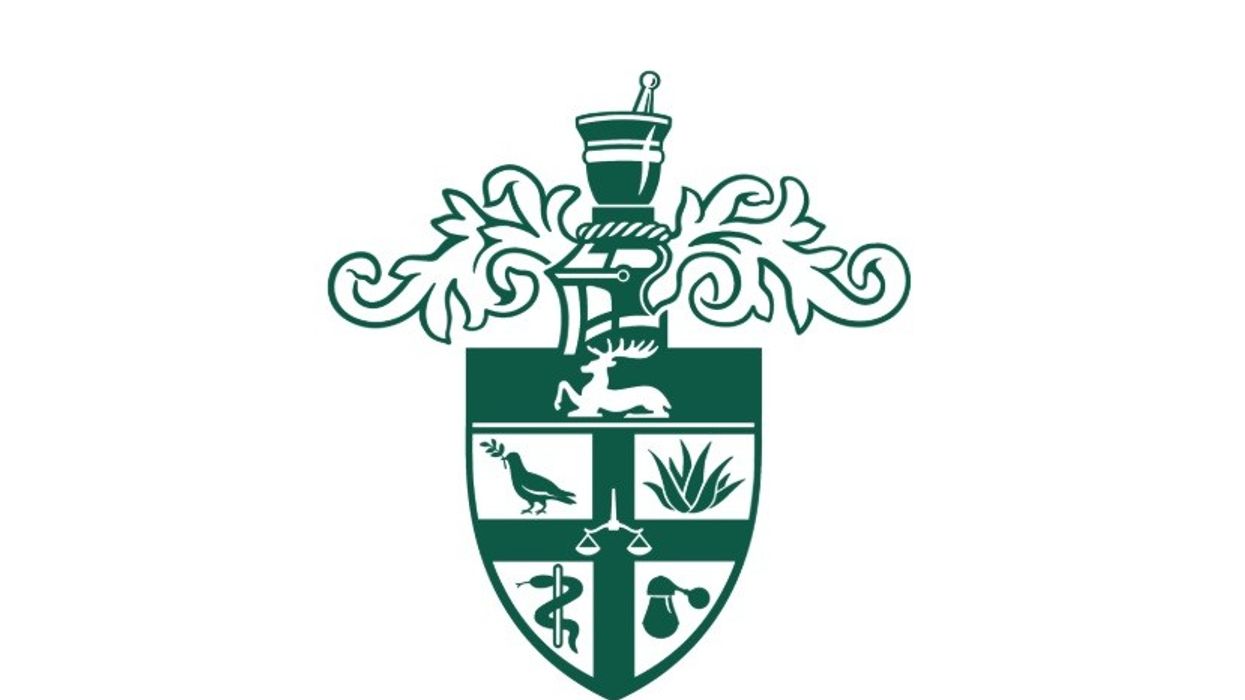Key Summary
- Over 1,400 pharmacies shut since 2016, mostly in deprived areas
- Experts warn closures deepen health gaps in the society
- NPA urges urgent government investment as many more owners face closure
The UK has experienced a sharp rise in pharmacy closures in the last three years.
The National Pharmacy Association (NPA) has stated that the highest number of closures have occured in the most deprived council areas.
The latest NHS data reveals that three quarters of the top 50 areas for closures in the country has high levels of deprivation.
Since 2016, 1,400 pharmacies have completely ended service.
Nine out of ten councils have witnessed at least one pharmacy closure within the past three years.
Liverpool leads the country in closures, followed by York, Blackpool, Wakefield, Coventry, and Kingston upon Hull since October 2022.
West Berkshire is now the worst-served area, with the fewest pharmacies per person, while Westminster has more than four times as many.
Altogether, this year marks England’s smallest pharmacy network compared to the last two decades.
Experts are concerned about the potential health inequalities these closures can create in the society.
Cllr Dr Wendy Taylor, Chair of the Local Government Association’s Health and Wellbeing Committee, said, “The disproportionate impact of pharmacy closures on more deprived areas risks widening already stark health inequalities.”
The NPA has urged the government to increase the funding, warning that without action, the NHS’s Ten Year Plan could fail before it begins.
Pharmacy leaders have also called on the government to reform the 'broken' contract with the NHS, after similar commitments were made to review both the GP and dental contracts.
In its submission to the Treasury ahead of the Budget, the NPA also said investment in community pharmacy could help the NHS save billions of pounds by reducing waste, cutting hospital admissions and unburdening the GPs.
The recent uplifts has helped pharmacies to provide patients with 30 per cent more medicines.
Pharmacies are now dispensing more than 1.6 billion prescription items annually, than the last six years.
However, pharmacies still face a funding gap of £2.6 billion due to the impact of historic 40 per cent cuts to their budgets.
Nearly 73 per cent of pharmacy owners had to use their personal savings or remortgage their homes to keep their pharmacies running.
A reported 63 per cent of these struggling owners are on the verge of closure by next year, if the present condition continues.
Chief executive of the National Pharmacy Association (NPA), Henry Gregg said, “Community pharmacy is key to the success of the government’s 10 Year Plan but it risks failing before it has even begun unless we see urgent uplifts to funding.”
“We want to work with the government to deliver new clinical services to patients and take pressure away from the rest of the health system but we cannot be expected to do this for free,” he emphasised.













